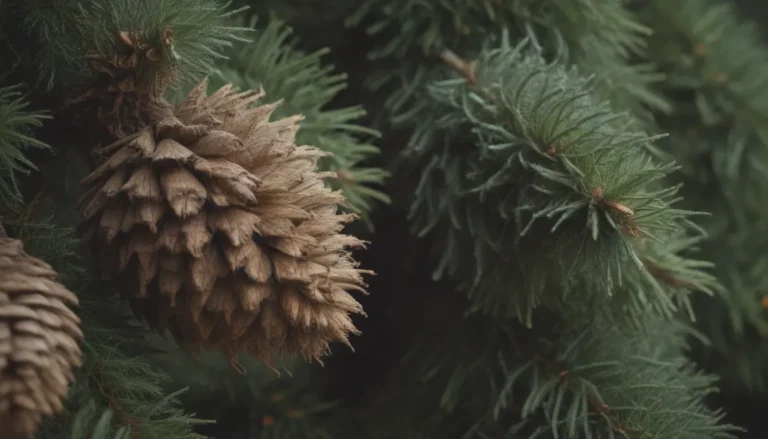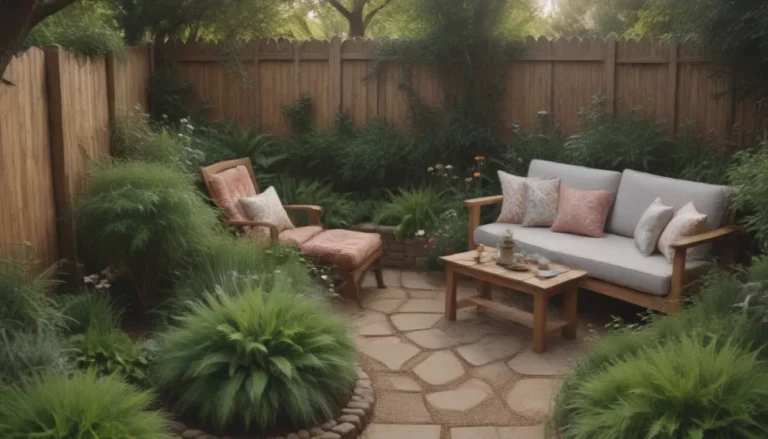Transforming Your Home with Indoor Vining Plants

Are you looking to add a touch of greenery to your home? Indoor vining plants are a fantastic way to bring nature indoors and add a tropical feel to any room. From the easy-going pothos to the finicky string of pearls, there is a vining plant for every space and every plant parent. Whether you choose to train your plant to grow up a trellis or let its vines cascade from a hanging basket, these 22 indoor vining plants will transform your living space and bring a breath of fresh air into your home.
Why Choose Vining Plants?
Vining plants not only add aesthetic appeal to your home, but they also offer a range of benefits for both you and your living space. Here are a few reasons why vining plants are a great choice for indoor gardening:
- Aesthetic Appeal: Vining plants add a touch of nature and beauty to any room.
- Air Purification: Plants help to improve indoor air quality by filtering out pollutants.
- Therapeutic: Gardening has been shown to reduce stress and improve mental well-being.
- Space Saving: Vining plants are a great option for smaller spaces as they can be trained to grow vertically.
Top 22 Indoor Vining Plants for Your Home
Let’s explore some of the top indoor vining plants that are sure to bring life and vibrancy to your living space:
Pothos (Epipremnum aureum)
- Light: Low light
- Water: Moderate
- Mature Size: Varies
- Toxicity: Toxic to pets
Heartleaf Philodendron (Philodendron hederaceum)
- Light: Low to medium light
- Water: Moderate
- Mature Size: Varies
- Toxicity: Toxic to pets
Brasil Philodendron (Philodendron hederaceum ‘Brasil’)
- Light: Medium to bright light
- Water: Moderate
- Mature Size: Varies
- Toxicity: Toxic to pets
Philodendron Micans
- Light: Medium to bright light
- Water: Moderate
- Mature Size: Varies
- Toxicity: Toxic to pets
Mini Monstera (Raphidophora tetrasperma)
- Light: Medium to bright light
- Water: Moderate
- Mature Size: Varies
- Toxicity: Non-toxic
Satin Pothos (Scindapsus pictus ‘Exotica’)
- Light: Low to medium light
- Water: Moderate
- Mature Size: Varies
- Toxicity: Toxic to pets
Scindapsus pictus ‘Argyraeus’
- Light: Bright indirect light
- Water: Moderate
- Mature Size: Varies
- Toxicity: Toxic to pets
Scindapsus Treubii ‘Moonlight’
- Light: Medium indirect light
- Water: Moderate
- Mature Size: Varies
- Toxicity: Toxic to pets
Monstera deliciosa
- Light: Medium to bright light
- Water: Moderate
- Mature Size: Varies
- Toxicity: Toxic to pets
Swiss Cheese Plant (Monstera adansonii)
- Light: Medium to bright light
- Water: Moderate
- Mature Size: Varies
- Toxicity: Toxic to pets
Monstera Peru (Monstera karstenianum)
- Light: Medium to bright light
- Water: Moderate
- Mature Size: Varies
- Toxicity: Toxic to pets
String of Pearls (Senecio rowleyanus)
- Light: Bright direct light
- Water: Infrequent
- Mature Size: Varies
- Toxicity: Non-toxic
String of Hearts (Ceropegia woodii)
- Light: Bright indirect light
- Water: Infrequent
- Mature Size: Varies
- Toxicity: Non-toxic
String of Dolphins (Senecio peregrinus)
- Light: Bright direct light
- Water: Infrequent
- Mature Size: Varies
- Toxicity: Non-toxic
String of Bananas (Senecio radicans)
- Light: Bright direct light
- Water: Infrequent
- Mature Size: Varies
- Toxicity: Non-toxic
String of Turtles (Peperomia prostrata)
- Light: Bright indirect light
- Water: Infrequent
- Mature Size: Varies
- Toxicity: Non-toxic
Hoya Carnosa
- Light: Bright indirect light
- Water: Infrequent
- Mature Size: Varies
- Toxicity: Non-toxic
Hoya Compacta (Hoya carnosa ‘Compacta’)
- Light: Bright direct light
- Water: Infrequent
- Mature Size: Varies
- Toxicity: Non-toxic
Arrowhead Plant (Syngonium podophyllum)
- Light: Low light
- Water: Moderate
- Mature Size: Varies
- Toxicity: Toxic to pets
Spiderwort (Tradescantia)
- Light: Bright light
- Water: Moderate
- Mature Size: Varies
- Toxicity: Non-toxic
String of Nickels (Dischidia nummularia)
- Light: Bright indirect light
- Water: Moderate
- Mature Size: Varies
- Toxicity: Non-toxic
English Ivy (Hedera helix)
- Light: Bright indirect light
- Water: Moderate
- Mature Size: Varies
- Toxicity: Toxic to pets
Tips for Growing Indoor Vining Plants
Here are a few general tips to help you care for your indoor vining plants and ensure they thrive in your home:
- Light: Place your plants in an area that receives the appropriate amount of light for their specific needs.
- Watering: Avoid overwatering by allowing the soil to dry out between waterings.
- Pruning: Regular pruning and shaping will help keep your vining plants healthy and looking their best.
- Support: Provide support such as trellises or moss poles for climbing plants to grow vertically.
- Pest Control: Keep an eye out for pests like spider mites or aphids and treat them promptly to prevent damage to your plants.
Conclusion
Indoor vining plants are a versatile and beautiful addition to any home. Whether you are a beginner or a seasoned plant parent, there is a vining plant out there for you. From low-maintenance options like pothos and philodendron to more unique varieties like string of turtles and monstera peru, the possibilities are endless. So why not bring a bit of the outdoors inside and transform your living space with lush, green vining plants today!





